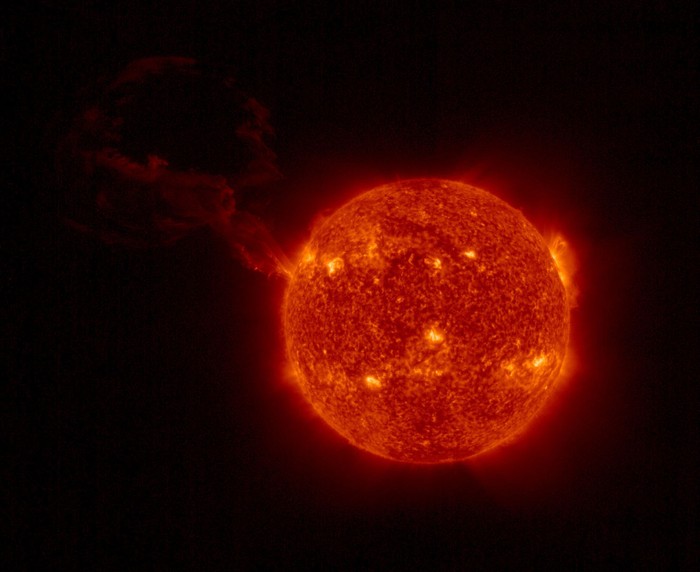The findings point to their physical formation mechanism that might help accelerate the solar wind.
The spacecraft has made the first ever observations of mysterious solar switchback the sudden and large deflections of the solar wind’s magnetic field. It provides a full view of the structure, which appears to have an S-shaped character that had been predicted in the past.
The orbiter also provides compelling data that indicates that these rapidly changing magnetic fields can have their origin near the surface of the Sun. The sudden change in the magnetic field around the Sun has been puzzling astronomers for decades, which was first seen in the 1970s when the German-US Helios 1 and 2 spacecraft flew close to the Sun.
The reversals in the Sun’s magnetic field was dynamic and could remain turned for just minutes or at times even hours before switching to the original direction. The European Space Agency noted that this phenomenon increased with the arrival of NASA’s Parker Solar Probe in 2018, forcing astronomers to speculate that it was more numerous close to the Sun, and led to the suggestion that they were caused by S-shaped kinks in the magnetic field.
The latest observation was made on March 25, 2022, when the Solar Orbiter was just a day away from a close pass of the Sun bringing it within the orbit of planet Mercury. The spacecraft had turned on its Metis instrument, which blocks out the bright glare of light from the Sun’s surface and takes pictures of the Sun’s outer atmosphere, known as the corona.
Metis recorded an image of the solar corona that showed a distorted S-shaped kink in the coronal plasma, which looked like a switchback. Daniele Telloni of the National Institute for Astrophysics – Astrophysical Observatory of Torino compared the Metis image with a concurrent image taken by the Solar Orbiter’s Extreme Ultraviolet Imager (EUI) instrument.
He found that switchback was taking place above an active region catalogued as AR 12972, which is associated with sunspots and magnetic activity. Analysis revealed that the speed of the plasma above this region was very slow, as would be expected from an active region that has yet to release its stored energy.
They found magnetic highways along which the plasma can flow freely, and give rise to the fast solar wind. The researchers proved that “switchbacks occur when there is an interaction between a region of open magnetic field lines and a region of closed magnetic field lines. This releases energy and sets an S-shaped disturbance traveling off into space, which a passing spacecraft would record as a switchback.”
“I would say that this first image of a magnetic switchback in the solar corona has revealed the mystery of their origin. The next step is to try to statistically link switchbacks observed in situ with their source regions on the Sun,” says Daniele.
The study has been published in The Astrophysical Journal Letters.






